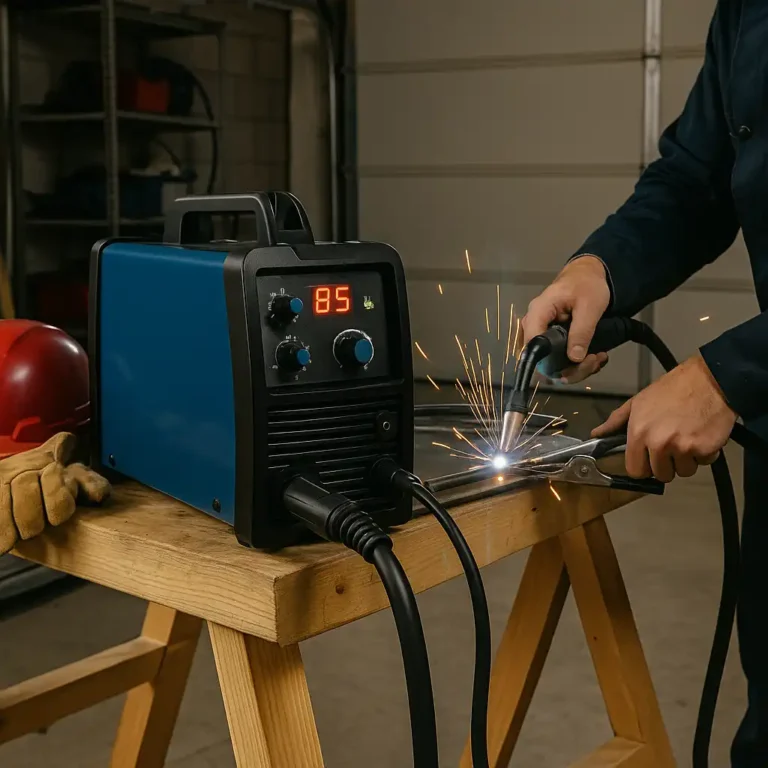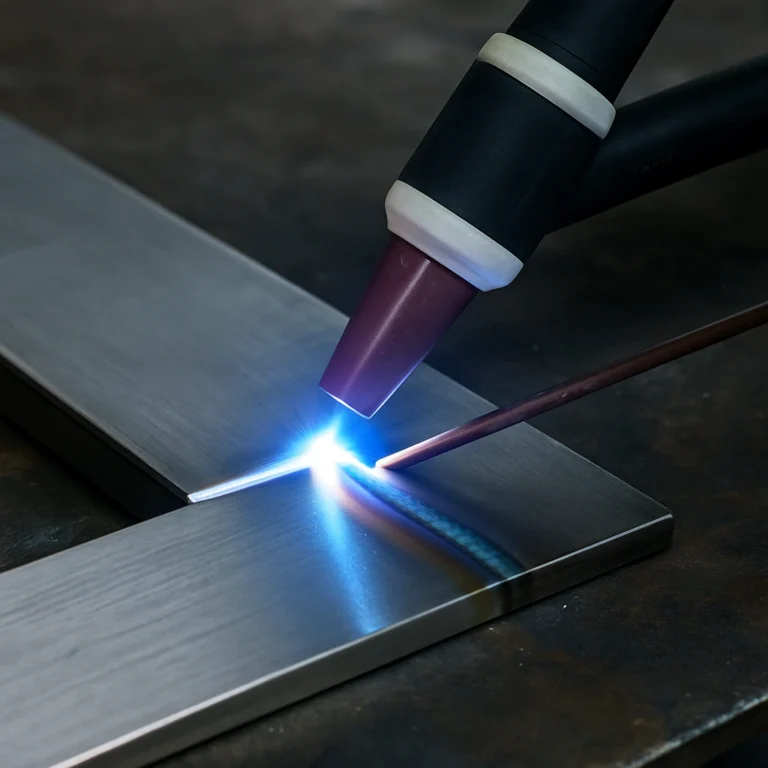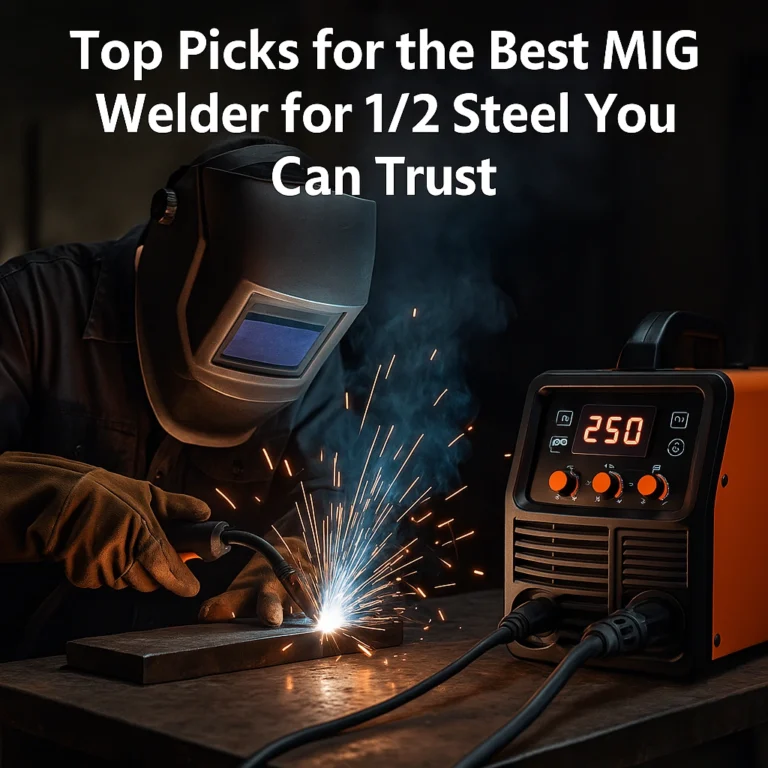What MIG Welder Should I Buy? – A Practical Guide for Beginners and Small Shops

Disclosure: This post contains affiliate links. As an Amazon Associate, I earn from qualifying purchases—at no extra cost to you.
Last Updated: November 2025
Choosing the right MIG welder is easier when you match the machine to the projects you’ll actually tackle. A beginner-friendly MIG should light up without fuss, feed wire consistently, and give you enough range so you won’t outgrow it after a few weekends in the garage. Pick the wrong one and you’ll end up fighting the machine instead of building your skills.
👉 Take a quick look at our guide on welding machines across skill levels if you want to compare MIG to other options before you decide.
🔍 Understand What You’ll Weld
Think about the metal you’ll weld most. MIG is ideal for mild steel, auto patches, brackets, and general shop work. It’s easier to learn than TIG or Stick, which makes it a strong starting point for beginners. If you work with thin sheet metal, pick a welder that stays stable at low amps. For thicker steel, you’ll want more output or a dual-voltage machine so you’re not running it on the edge.
👉 Before choosing a welding process, check our simple guide on how MIG welding works to get a feel for which method will be easiest to learn.
🔍 Check Power, Duty Cycle & Portability
Your available power shapes your options. A 110V MIG is great for home garages, while 220V or dual-voltage models open the door to thicker, stronger welds. Duty cycle is just as important—if the welder overheats too fast, you lose your rhythm and waste time waiting. Portability also matters. A machine that’s light, easy to carry, and simple to set up feels a lot better to work with than one that’s bulky or awkward.
🔍 Gas vs Gasless (Flux-Cored) MIG
Gas-shielded MIG produces clean, smooth beads inside the shop. Flux-cored wire holds up better outdoors where wind or dirty surfaces would ruin your gas coverage. If you weld mostly inside, gas is the cleanest option. If you’re fixing gates, fencing, or yard equipment, flux-core keeps things simple and dependable.
🔍 Wire Feed Quality, Min/Max Amps & Features
A consistent wire feed is one of the biggest signs of a good MIG welder. A smooth feeder gives you a steady arc and predictable bead shape. Make sure the machine goes low enough for thin metal and high enough for anything thicker you plan to handle. Extra features like burn-back control or digital displays are helpful, but they don’t replace solid arc performance and a reliable wire feed.
📌 Key Takeaways
- Match your welder to the thickness and type of metal you work with
- Choose the right voltage based on your garage or shop setup
- Duty cycle and wire feed quality affect real-world use more than spec charts
- Pick gas or flux-core based on where you weld most
🟢 FAQs
Q: Can I use a 110V MIG welder for home projects?
Yes. A 110V MIG works well for light fabrication, auto work, and home repairs as long as you stay within its output limits.
Q: Do I need a dual-voltage MIG welder?
Not always, but it’s a smart upgrade if you plan to weld thicker steel or want room to grow.
Q: Is flux-cored MIG good for beginners?
Yes. It’s forgiving, works outside, and deals with dirtier metal better than gas-shielded MIG.
Q: What matters more—duty cycle or max amps?
Both matter, but a strong duty cycle keeps you welding longer without downtime.
✅ Conclusion
When you’re wondering what MIG welder should I buy, the best choice is the one that fits your everyday work, your power setup, and the metal you’ll weld most. Pick a welder that’s simple to run, steady on the arc, and capable of handling your projects, and you’ll build skills quickly without fighting the equipment.






